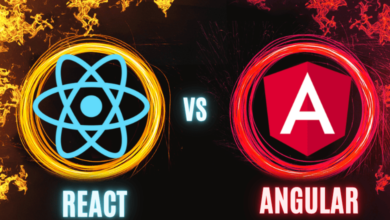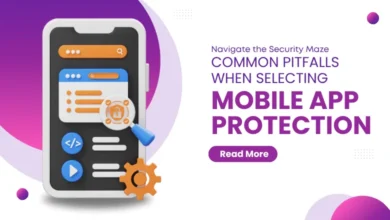How to Become a Full-Stack Developer: A Step-by-Step Guide

Becoming a full-stack developer can be an exciting and rewarding career path for those who are interested in building complex applications and software systems. A full-stack developer is someone who has expertise in both front-end and back-end development and is capable of building applications end-to-end. In this article, we’ll explore the steps you can take to become a full-stack developer.
Step 1: Learn HTML, CSS, and JavaScript
To become a full-stack developer, you must first learn the basics of front-end development. This includes HTML, CSS, and JavaScript. HTML is the markup language used to structure web pages, while CSS is used to style them. JavaScript is the programming language used to add interactivity to web pages. There are many resources available online to help you learn these languages, such as Codecademy and W3Schools.
Step 2: Learn a Back-End Language
Once you have a good grasp of front-end development, it’s time to learn a back-end language. Some popular back-end languages include Python, Ruby, and Node.js. Each of these languages has its own strengths and weaknesses, so it’s important to choose the one that’s right for you. You can find online courses, tutorials, and books to help you learn your chosen language.
Step 3: Learn a Back-End Framework
Back-end frameworks are tools that make it easier to build complex applications. Some popular back-end frameworks include Django (for Python), Ruby on Rails (for Ruby), and Express.js (for Node.js). Learning a back-end framework will help you become more efficient and effective as a developer.
Step 4: Learn a Database Language
Most applications require a database to store and retrieve data. Some popular database languages include SQL, MySQL, and PostgreSQL. Learning a database language will help you design and maintain databases for your applications.
Step 5: Practice, Practice, Practice
Becoming a full-stack developer takes time and practice. Build small projects to apply what you’ve learned, and gradually work your way up to larger projects. Join online communities, attend meetups, and collaborate with other developers to improve your skills.
Step 6: Build a Portfolio
A portfolio is a collection of your best work that showcases your skills and abilities as a developer. Build a portfolio website to showcase your projects and achievements. This will help you stand out to potential employers.
Step 7: Apply for Jobs
Once you’ve built up your skills and portfolio, it’s time to start applying for jobs. Look for job openings that match your skills and interests, and apply with your resume and portfolio. Be prepared to showcase your skills during the interview process.
Continuously learning and staying up-to-date with the latest technologies and trends is essential for a full-stack developer. The field of web development is constantly evolving, and keeping up with new tools, frameworks, and languages is crucial to maintain a competitive edge.
One way to stay up-to-date is to attend conferences and workshops. These events provide opportunities to learn from experts in the field, network with other developers, and stay current with the latest trends and best practices.
Another way to stay current is to participate in open-source projects. Contributing to open-source projects not only helps to improve your skills, but it also provides opportunities to collaborate with other developers and gain exposure in the developer community.
Soft skills are also important for full-stack developers. Good communication skills, teamwork, and problem-solving abilities are essential in a collaborative and fast-paced environment. As a full-stack developer, you will work closely with other developers, designers, and stakeholders, and being able to effectively communicate and work in a team is essential for success.
Finally, it’s important to remember that becoming a full-stack developer is a journey, not a destination. Continuously learning, improving, and adapting is essential for success in this field. With dedication, hard work, and a willingness to learn, anyone can become a full-stack developer and build a rewarding career in web development.






